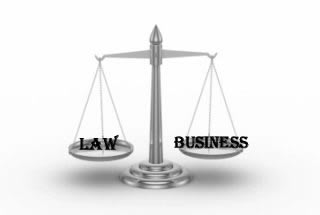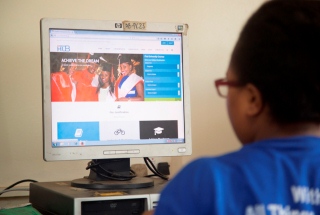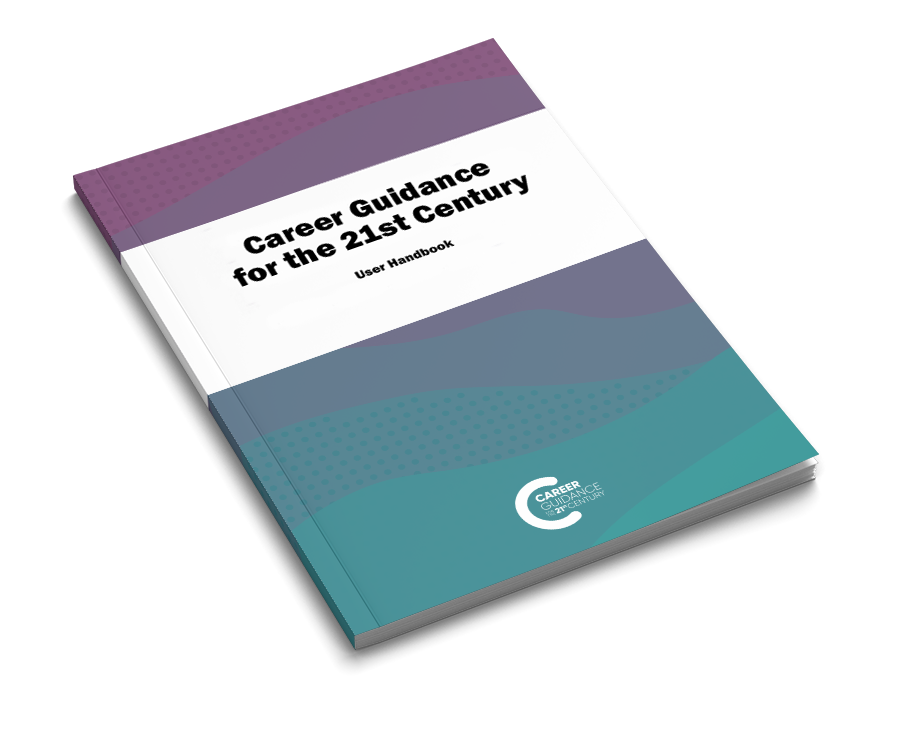Choosing a career is one of the most important decisions you will make in life. It's about so much more than deciding what you will do to make a living. To start with, think about the amount of time we spend at work. We are on the job approximately 71% of every year. Over our lifetimes, this comes to roughly 31½ years out of the 45 years most of us spend working, from the beginning of our careers until retirement. The importance of selecting a career with which we are satisfied cannot be overemphasized.
While some people are lucky enough to just know what they want to do and end up in satisfying careers without giving it much thought, most of us are not. Many people don't put enough effort into choosing occupations or pick them for the wrong reasons. Maybe they choose careers that seem secure or pay well. They then end up unhappy. The best way to make sure that doesn't happen to you is to make a well-thought out decision.
Career planning 4 step planning process
Knowing Yourself
Skills, likes/dislikes and values
Finding Out
Exploring what is out there
Making Decisions
Comparing options
Taking Action
Working towards your goals
Career planning is an ongoing process that can help you manage your learning and development.
You can use the four step planning process whether you are:
- at school;
- at university;
- an adult returning to education or adding on skills;
- an adult changing job or career.
Career planning is the continuous process of:
- thinking about your interests, values, skills and preferences;
- exploring the life, work and learning options available to you;
- ensuring that your work fits with your personal circumstances;
- continuously fine-tuning your work and learning plans to help you manage the changes in your life and the world of work.
You can revisit and make use of this process all the way through your career.
The career planning process has four steps:
Step 1: knowing yourself
Step 2: finding out
Step 3: making decisions
Step 4: taking action
Step 1: knowing yourself
Begin by thinking about where you are now, where you want to be and how you’re going to get there.
Once you have thought about where you are at now and where you want to be, you can work on getting to know your skills, interests and values.
Begin by asking yourself the following questions:
- Where am I at now?
- Where do I want to be?
- What do I want out of a job or career?
- What do I like to do?
- What are my strengths?
- What is important to me?
At the end of this step you will have a clearer idea of your work or learning goal and your individual preferences. You can use this information about yourself as your personal ‘wish list’ against which you can compare all the information you gather in Step 2: finding out. Your personal preferences are very useful for helping you choose your best option at this point in time, which you can do in Step 3: making decisions.
Step 2: finding out
This step is about exploring the occupations and learning areas that interest you. Once you have some idea of your occupational preferences you can research the specific skills and qualifications required for those occupations.
- Explore occupations that interest you and ask yourself how do my skills and interests match up with these occupations?
- Where are the gaps?
- What options do I have to gain these skills or qualify for these occupations?
- What skills do I need?
- Where is the work?
At the end of this step you will have a list of preferred occupations and/or learning options.
Step 3: making decisions
This step involves comparing your options, narrowing down your choices and thinking about what suits you best at this point in time.
Ask yourself:
- What are my best work/training options?
- How do they match with my skills, interests and values?
- How do they fit with the current labour market?
- How do they fit with my current situation and responsibilities?
- What are the advantages and disadvantages of each option?
- What will help and what will hinder me?
- What can I do about it?
At the end of this step you will have narrowed down your options and have more of an idea of what you need to do next to help you achieve your goals.
Step 4: taking action
Here you plan the steps you need to take to put your plan into action.
Use all you have learnt about your skills, interests and values together with the information you have gathered about the world of work to create your plan.
Begin by asking yourself:
- What actions/steps will help me achieve my work, training and career goals?
- Where can I get help?
- Who will support me?
At the end of this step you will have:
- a plan to help you explore your options further (e.g. work experience, work shadowing or more research); or
- a plan which sets out the steps to help you achieve your next learning or work
Decide which step is relevant for you right now and start from there.
Source *http://www.qualifax.ie/index.php?option=com_content&view=article&id=39&Itemid=39































